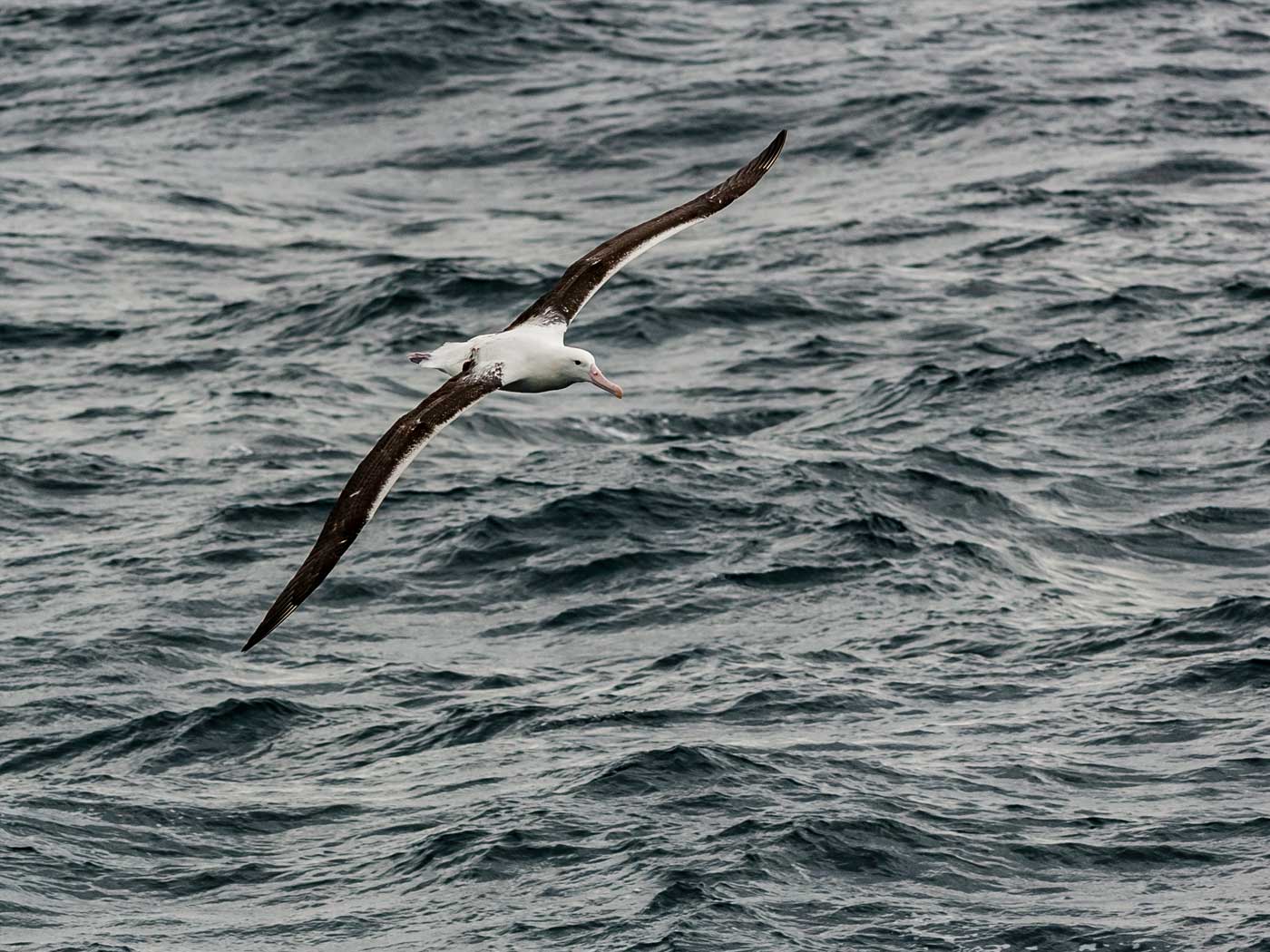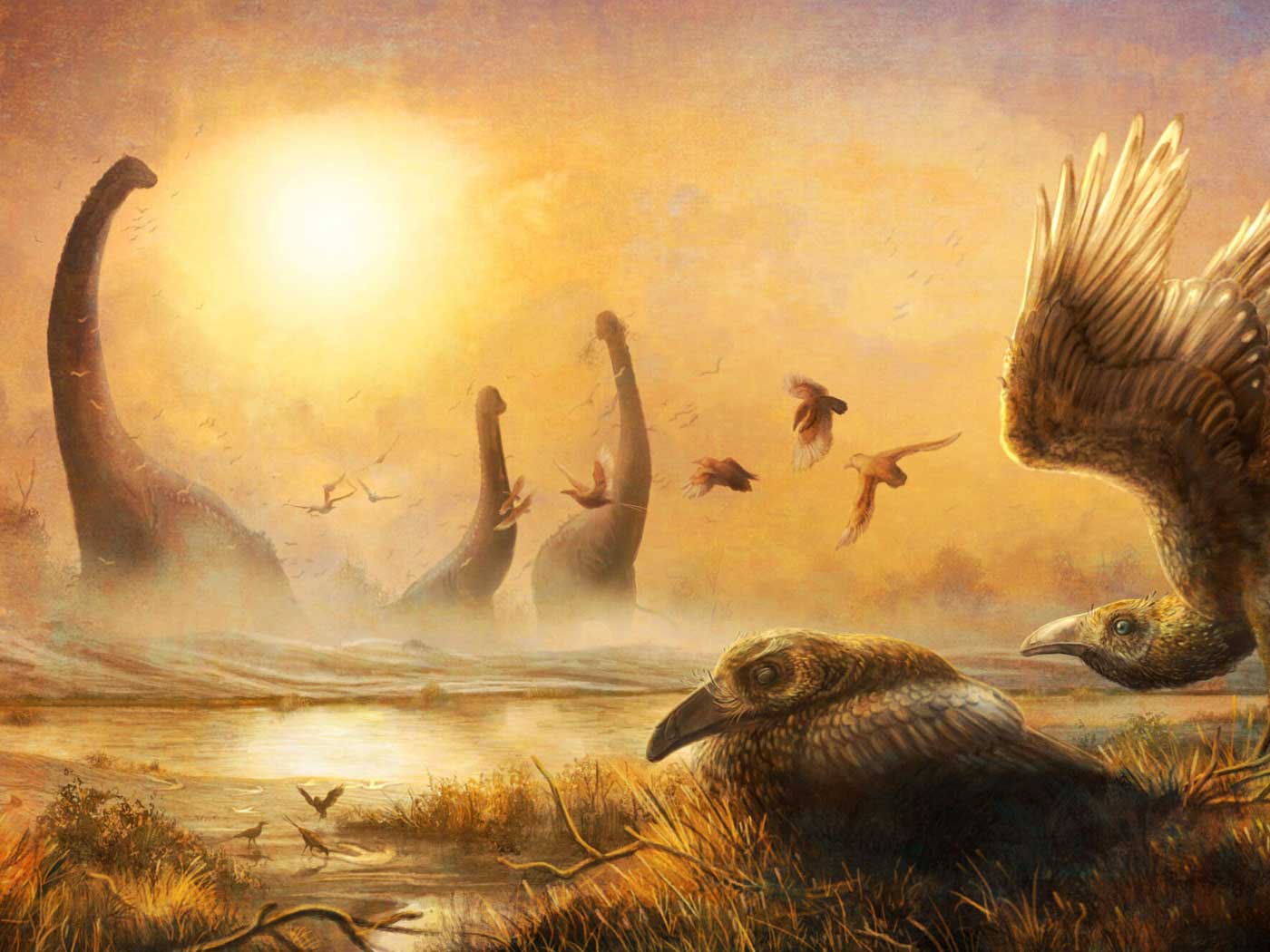Some Tibetans live at altitudes of 14,000 feet. Other than a few genetic differences, they are similar to Han Chinese, who live much closer to sea level. It is believed that ancient Han peoples migrated to Tibet and were able to adapt to the very thin air at this high altitude. But what kind of adaptation was necessary for this, and how did it occur?
Lowlanders who visit the Tibetan Himalayan mountains have mechanisms in their bodies that detect the lack of oxygen in the blood that is caused by reduced oxygen at high altitude. They respond by manufacturing additional red blood cells to carry more oxygen. But this thickens the blood, eventually causing "the classic disease associated with long term residence at high altitude"1 called chronic mountain sickness (CMS). Symptoms include headache, breathlessness, fatigue, dilation of veins, and abnormal heartbeats caused by uneven blood flow patterns throughout the lungs and body.
But indigenous people living at those dizzying heights do not suffer from CMS. Instead, their blood has essentially the same viscosity as those living nearer to sea level. Investigators determined that single DNA base changes in these Tibetans account for their lack of increased red blood cell production when they are in the mountains. The researchers couched this discovery within the Darwin-friendly term "natural selection." However, closer scrutiny reveals that the real agent of change was not "nature," but the bodies of the Tibetan ancestors.
In one study published in Science, a group of 70 mostly Chinese scientists estimated the ratios of different versions of genes found between members of one sub-population compared to the versions of genes between members of the whole population, providing a measurement called population branch statistic (PBS).2
They gathered data from 50 high-altitude Tibetans, 40 Han Chinese, and 200 Danes for comparison. They found that "genes showing extreme Tibetan PBS values represent strong candidates for the genetic basis of altitude adaptation."2 This conclusion is scientifically accurate, as it describes the fact that the Tibetans adapted to high altitude.
However, the researchers wrote, "Genes with strong frequency differences between populations are potential targets of natural selection" (emphasis added),2 even though "natural selection" explains none of their results. Since nature did not perform any act, this could have been more accurately rephrased from the organism's, and not the environment's, perspective: "Genes with strong frequency differences between populations are potential indicators of biological adaptation."
Charles Darwin helped popularize the idea that the mysterious "natural selection" process was able to transform one creature into a completely different one. This concept harbors the sinister implication that nature, although actually inert and impotent, nevertheless has the apparent volition to act and even the intelligence to select certain traits from a set of options.
Changes certainly do occur between generations of living things, but they are not the result of nature actively doing anything. They are instead the result of adaptive programming inside well-designed bodies of living things. Even when a change is caused by a random mutation, the adaptive programming within cells of the developing body is able to work around the deficiency.
Thus, when the phrase "natural selection" was used in scientific papers about these Tibetans, it was a throw-in that had no real ability to explain what was actually going on in these populations.3 This lack of explanatory power is consistent with a recent attempt to test natural selection, which found that "it" did nothing.4
If the Creator wove into living things all the attributes necessary to generate and maintain certain changes for the purpose of filling new environmental niches as they arise, then attributing those ingenious plans to nature is incorrect. In fact, all it does is fulfill Romans 1:25, which says that men "changed the truth of God into a lie, and worshipped and served the creature more than the Creator, who is blessed for ever."
References
- Beall, C. M. 2010. Natural selection on EPAS1 (HIF2a) associated with low hemoglobin concentration in Tibetan highlanders. Proceedings of the National Academy of Sciences. 107 (25): 11459-11464.
- Yi, X. et al. Sequencing of 50 Human Exomes Reveals Adaptation to High Altitude. Science. 329 (5987): 75-78.
- Guliuzza, R. 2010. Natural Selection Is Not "Nature's Design Process." Acts & Facts. 39 (4): 10-11.
- Thomas, B. Lizard Study Questions Natural Selection. ICR News. Posted on icr.org June 4, 2010, accessed July 14, 2010.
* Mr. Thomas is Science Writer at the Institute for Creation Research.
Article posted on July 15, 2010.
























